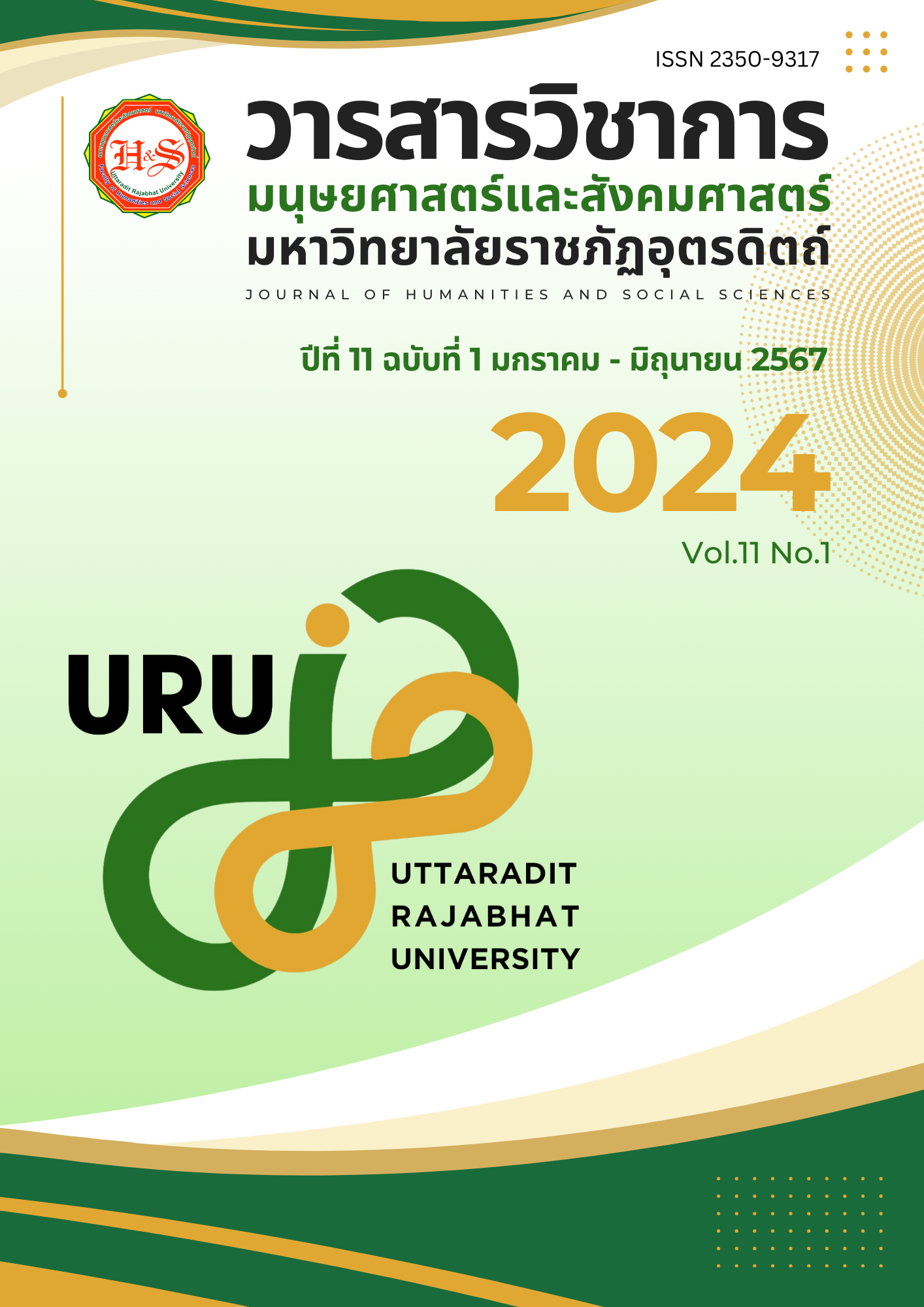Sexuality: From History to Communication on Equality
Sexuality: From History to Communication on Equality
Keywords:
sexuality, equalityAbstract
Traditional beliefs and values regarding gender inequality, which assert that women are inferior to men in all roles and statuses, have led to the assignment of roles and responsibilities based on economic, social, and political activities. Physical differences between men and women, with women's reproductive role relating to status, health, and reproductive health, while men's influence on behavior, power, and control over partners, are reflected in social gender roles through the ideals and values of society's members. These assigned gender roles have resulted in historical and ongoing inequality. For example, in ancient Athens, gender was divided into classes, with men having more power and social roles. Jewish history views gender through the lens of procreation, while Roman history emphasizes virginity and the persecution of witches, demonstrating oppression and violence against women. Meanwhile, Thai society values "patriarchy," where men dominate all aspects of society, and women are expected to be demure, good wives, and mothers. In the present era, communication has brought sexuality to the forefront, prompting a reevaluation of the dimensions of inequality to raise awareness of the roles of men and women beyond gender, including the communication of diverse sexualities in society. However, understanding gender equality in society requires factors such as maturity, understanding social change, the socialization process that instills gender values, and knowledge and understanding of sexuality in society through education, media consumption, and life experiences.
References
กฤตยา อาชวนิจกุล และกนกวรรณ ธราวรรณ. (2549). วิเคราะห์วิธีคิดวิทยาในงานวิจัยเรื่องเพศภาวะและเพศวิถีกับเอดส์ศึกษา. แผนงานสร้างเสริมสุขภาวะทางเพศ มูลนิธิสร้างความเข้าใจเรื่องสุขภาพผู้หญิง.
กาญจนา แก้วเทพ. (2544). ผู้หญิง/ผู้ชาย : ที่บ้าน/ที่สาธารณะ. ใน สตรีศึกษา 2 : ผู้หญิงกับประเด็นต่าง ๆ.สำนักคณะกรรมการส่งเสริมและประสานงานสตรีแห่งชาติ (กสส.).
โกวิทย์ คำพิทักษ์. (2547). เพศวิทยา = Sexology. ภาควิชาสูติศาสตร์และนรีเวชวิทยา คณะแพทยศาสตร์ มหาวิทยาลัยขอนแก่น.
ชลิดาภรณ์ ส่งสัมพันธ์. (2551). ประวัติศาสตร์ของเพศวิถี : ประวัติศาสตร์เรื่องเพศ/เรื่องเพศในประวัติศาสตร์ไทย. มูลนิธิสร้างความเข้าใจเรื่องสุขภาพผู้หญิง (สคส.).
ไทยพีบีเอส. (2567, 18 มิถุนายน). "กม.สมรสเท่าเทียม" ผ่านแล้ว สร้างประวัติศาสตร์ชาติแรกอาเซียน.https://www.thaipbs.or.th/news/content/341145
นภาภรณ์ หะวานนท์, กิตติกร สันคติประภา, อุษณีย์ ธโนศวรรย์ และธีรวัลย์ วรรธโนทัย. (2554). การสร้างความฉลาดรู้เรื่องเพศในวัฒนธรรมบริโภค. มหาวิทยาลัยมหิดล. สถาบันวิจัยประชากรและสังคม.
พีรดา ภูมิสวัสดิ์. (2563). ความรู้เบื้องต้นเกี่ยวกับความเสมอภาคระหว่างเพศ. กรมกิจการสตรีและสถาบันครอบครัว กระทรวงการพัฒนาสังคมและความมั่นคงของมนุษย์.
มณีรัตน์ ไพโรจน์ไชยกุล. (2543). กระบวนการขัดเกลาทางสังคมของสถานศึกษาก่อนวัยเรียนญี่ปุ่นในประเทศไทย : กรณีศึกษาสถานศึกษาก่อนวัยเรียนกวางน้อย และสถานศึกษาก่อนวัยเรียนแฮมสเตอร์. ศิลปะศาสตร์มหาบัณฑิต มหาวิทยาลัยธรรมศาสตร์.
สรณ บุญใบชัยพฤกษ์. (2560). สิทธิมนุษยชนกับความเท่าเทียมทางเพศ. สำนักงานศาลรัฐธรรมนูญ.
สันต์ สุวัจฉราภินันท์. (2556). พื้นที่เมืองสมัยใหม่กับการเมืองอัตลักษณ์ (ทางเพศสภาพและเพศวิถี). กระทรวงวิทยาศาสตร์และ เทคโนโลยี.
สุชาดา ทวีสิทธิ์. (2550). ผู้หญิง ผู้ชาย และเพศวิถี: เพศภาวะศึกษาในงานมานุษยวิทยา. วารสารทางวิชาการคณะสังคมศาสตร์ มหาวิทยาลัยเชียงใหม่, 19(1), 310-358.
สุมิตรา เชาว์เมธากิจ. (2544). การศึกษาความสัมพันธ์ระหว่างทวิมาตรฐานทางเพศของครูกับการเป็นผู้ฝึกทักษะชีวิตเพื่อการป้องกันเอดส์สำหรับนักเรียน. หลักสูตรสังคมสงเคราะห์ศาสตรมหาบัณฑิตคณะสังคมสงเคราะห์ศาสตร์ มหาวิทยาลัยธรรมศาสตร์.
สุวัทนา อารีพรรค. (2550). เรียนรู้เรื่องเพศกับคุณหมอ ภาค1. บ.บุญศิริ.
Janet, S., Hyde., & B., G. Rosenberg. (1980). Half the Human Experience. Houghton Mifflin Harcourt Trade & Référence Publishers
Letha, Scanzoni & John H. Scanzoni. (198). Men, Women, and Change: A Sociology of Marriage and Family. McGraw-Hill.
Marie Richmond-Abbott. (1992). Masculine and Feminine: Gender Roles Over the Life Cycle.
McGraw-HillParsons, T. & Bales, R. F. (Eds.) (1955). Family, socialization and interaction process. Free Press.
Downloads
Published
How to Cite
Issue
Section
License
Copyright (c) 2024 Journal of Humanities and Social Sciences Uttaradit Rajabhat University

This work is licensed under a Creative Commons Attribution-NonCommercial-NoDerivatives 4.0 International License.
บทความเป็นลิขสิทธิของคณะมส. มรภ อต.



